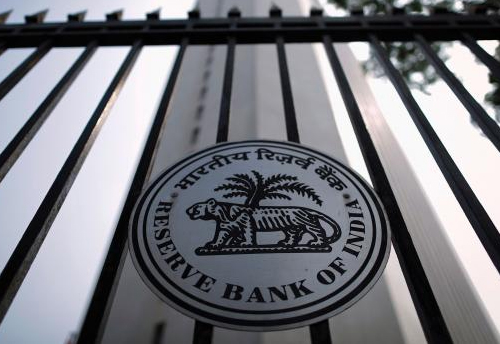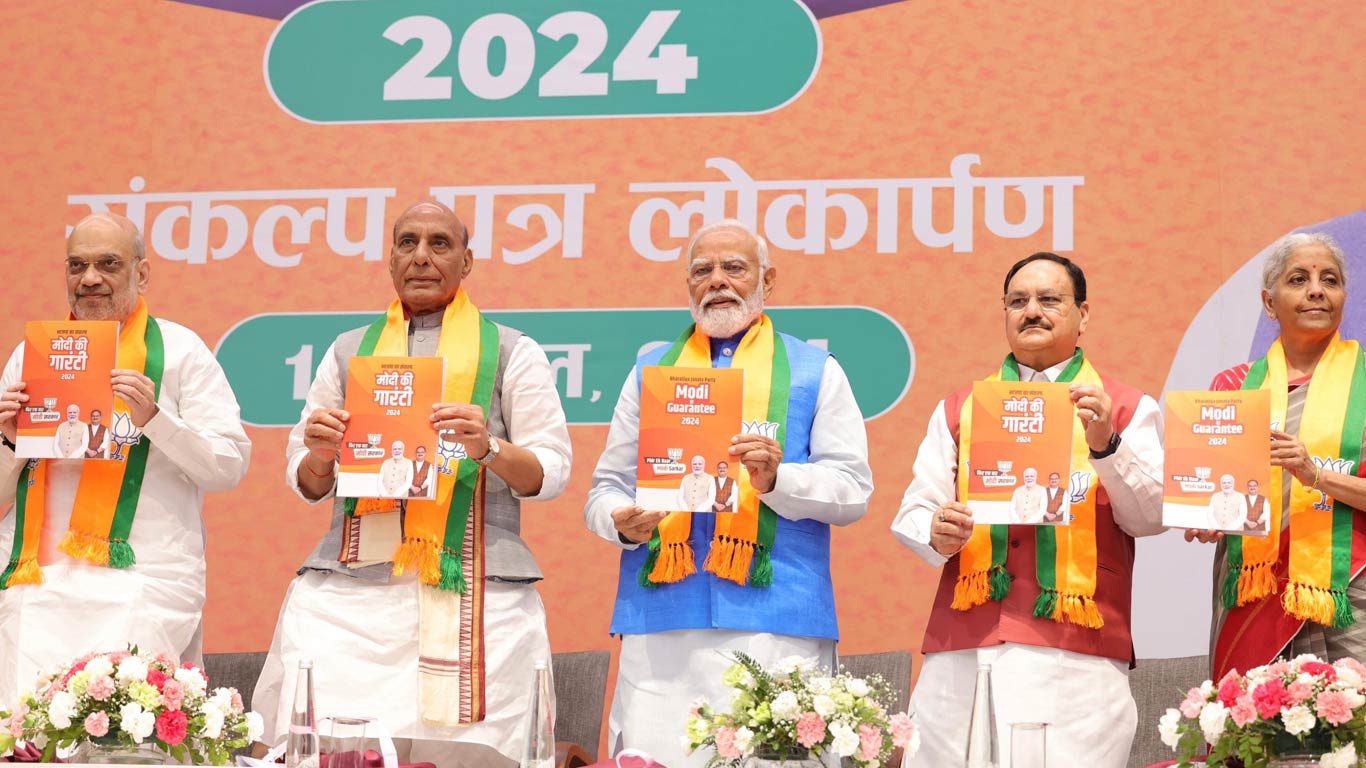FISME hails SC's decision to quash RBI's Feb 12 circular; says its imperative to devise separate fast track to deal with non-wilful defaulters
Updated: Apr 05, 2019 09:59:04am

FISME hails SC's decision to quash RBI's Feb 12 circular; says its imperative to devise separate fast track to deal with non-wilful defaulters
New Delhi, Apr 5 (KNN) The Supreme Court decision to quash the Reserve Bank of India’s (RBI’s) circular dated February 12, 2018 giving defaulting companies 180 days to agree on a resolution plan with lenders or be taken to bankruptcy court to recover debt of Rs 2,000 crore and above has been hailed by industry body FISME.
Stating that the circular was beyond the scope of RBI’s power, the SC bench on Tuesday said “The impugned circular will have to be declared as ultra vires as a whole, and be declared to be of no effect in law.”
The two-judge bench led by justice RF Nariman said that “Consequently, all actions taken under the said circular, including actions by which Insolvency Code has been triggered must fall along with the said circular.”
The notification, issued the RBI on when Urjit Patel was the Governor, laid down a revised framework for the resolution of stressed assets.
The circular introduced a new one-day default norm — “As soon as there is a default in the borrower entity’s account with any lender, all lenders — singly or jointly — shall initiate steps to cure the default."
Banks were required to immediately start working on a resolution plan for accounts over Rs 2,000 crore, which was to be finalised within 180 days. In case of non-implementation, lenders were required to file an insolvency application.
The RBI’s circular said that “in view of the enactment of the Insolvency and Bankruptcy Code, 2016 (IBC)” — under which a resolution plan is supposed to be finalised within 180 days, with a grace period of 90 days — it was necessary “to substitute the existing guidelines with a harmonised and simplified generic framework for resolution of stressed assets”.
The revised framework replaced the Restructuring Scheme, Flexible Structuring of Existing Long Term Project Loans, Strategic Debt Restructuring Scheme (SDR), Change in Ownership outside SDR, and Scheme for Sustainable Structuring of Stressed Assets (S4A) of the RBI.
It must be noted that the Federation of Indian Micro and Small & Medium Enterprises (FISME) had raised concerns over the February 12th Circular.
In January this year, the RBI has appointed an eight-member expert committee headed by former SEBI chairman U.K. Sinha to comprehensively review and propose long-term solutions for revival of the MSME sector.
Among the terms of references, the RBI said the panel would review the current institutional framework in place to support the MSME sector, and examine the factors affecting the timely and adequate availability of finance to the sector.
Giving its feedback to the UK Sinha Committee earlier in March, FISME had said, “The intention behind the present NPA resolution norms and what is practiced on the ground are poles apart. The process needs to be thoroughly investigated, reviewed and overhauled to serve the purpose of the system – noticing of incipient sickness and addressing those in given time. The biggest curse for bona fide borrowers is the dithering on part of the bank managers and the higher officials in taking decisions, though the branch manager cannot generally be faulted.”
The industry body, which is a federation of hundreds of MSME associations from across the country, explained that as of now the situation is that the manager and the debtor both try to hide an irregularity in the account as long as possible.
“The laudable objective of the Banks and the Regulator to identify sickness in the earliest phase is not being achieved in the current dispensation and with the policy, systems-instructions in place and absence of mandatory timelines. As the time in decision making lengthens the borrower entity gets into deeper difficulties making its rehabilitation more remote and expensive. The underlying reason is misalignment between systems & procedures and action plan to achieve the intended purpose.”
It had suggested the Government of India to involve borrower representatives and all stake holders to go to the root cause and suggest a way out of the abyss.
It is imperative to devise a separate fast track for dealing with non-wilful defaulters. First these cases be identified and then classified into potentially viable and non-viable accounts. Secondly, the potentially viable ones could be revived under a well thought out scheme prepared in consultation of the stake holders, FISME had said.
The industry body highlighted the need to lay down all the guidelines for identification, rules and processes in detail to avoid ambiguity and loss of precious time in rehabilitation.
Though ‘time’ is a critical factor, it is one that is least appreciated by bankers. Therefore, for each step specific time line needs to be clearly mentioned, it had said.
The Supreme Court’s decision came as a relief to companies in stressed sectors such as power, shipping, steel, telecom, infrastructure, sugar, fertiliser and sports infrastructure, which had blamed extraneous reasons such as regulatory controls that capped prices.
Meanwhile, the RBI Governor Shaktikanta Das has said that the central bank will take necessary steps, including issuance of a revised circular, as may be necessary, for expeditious and effective resolution of stressed assets. (KNN Bureau)











